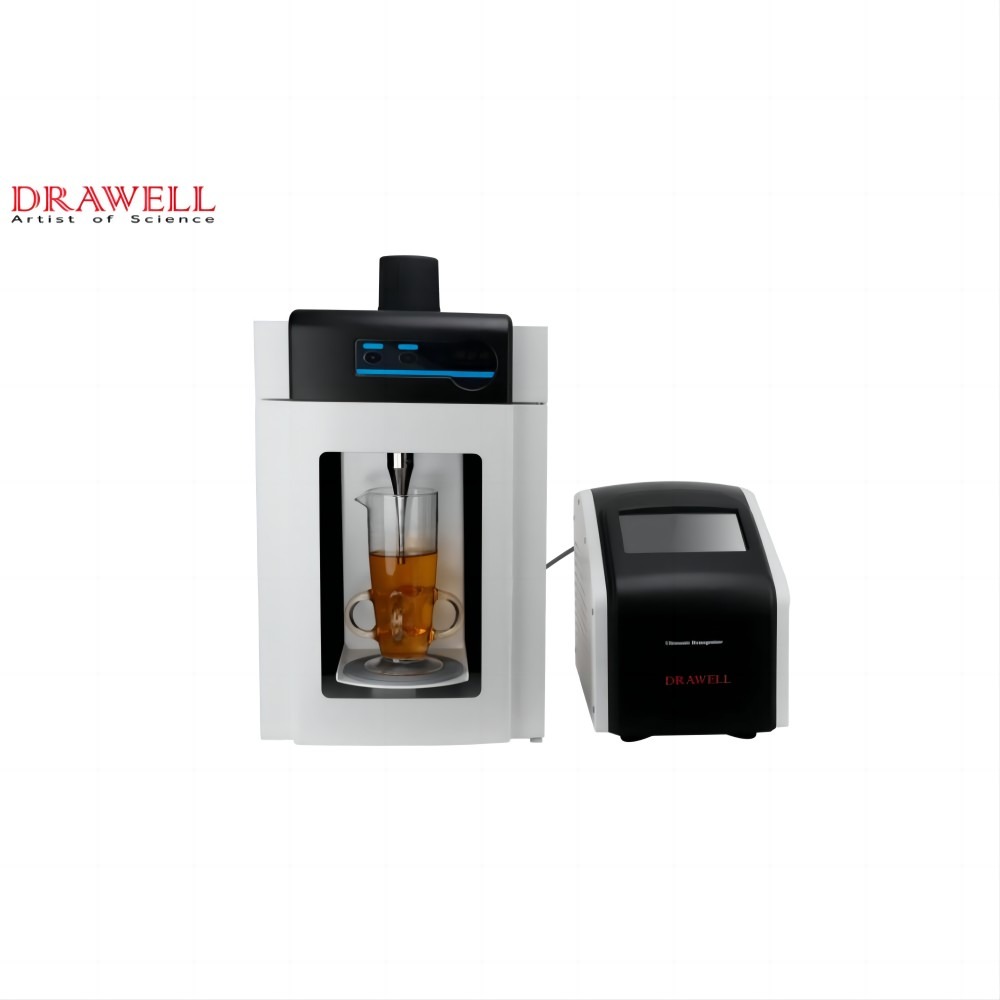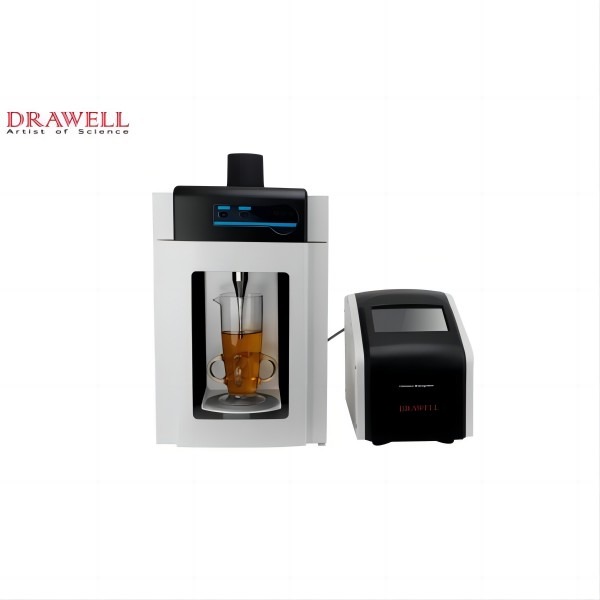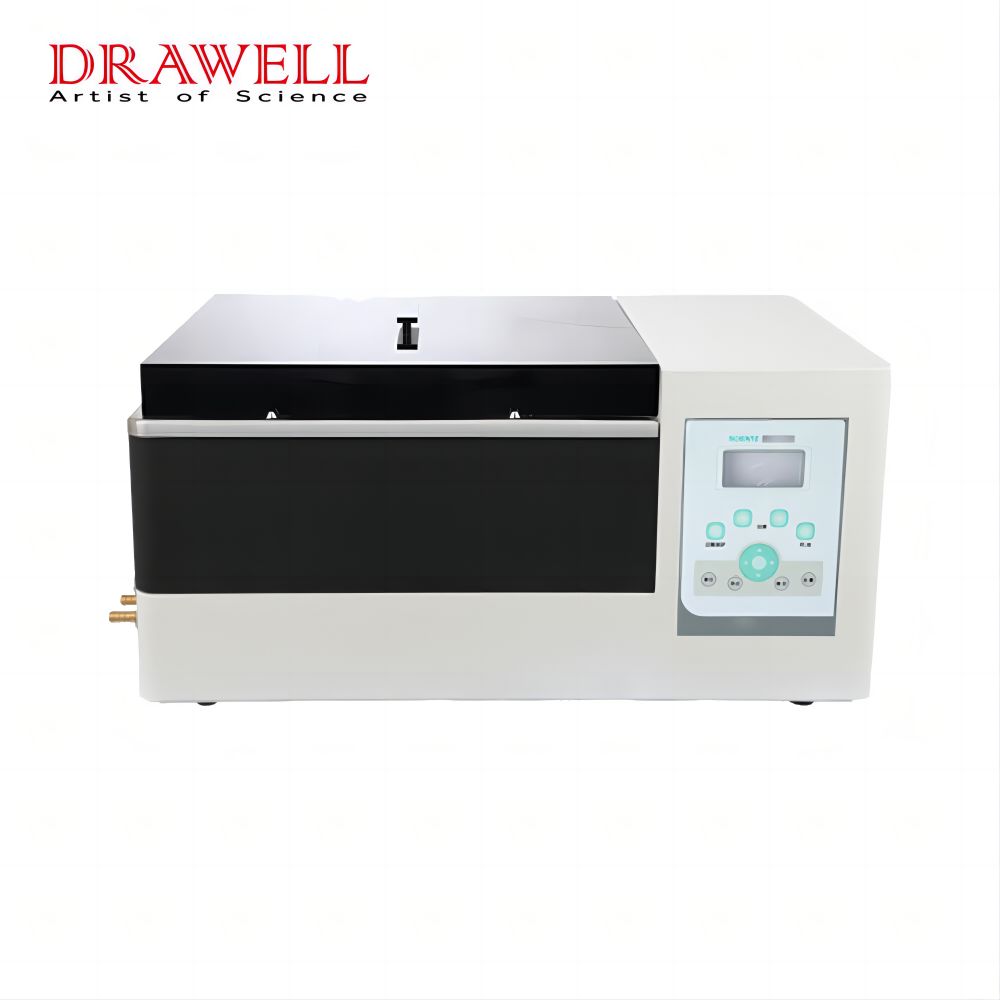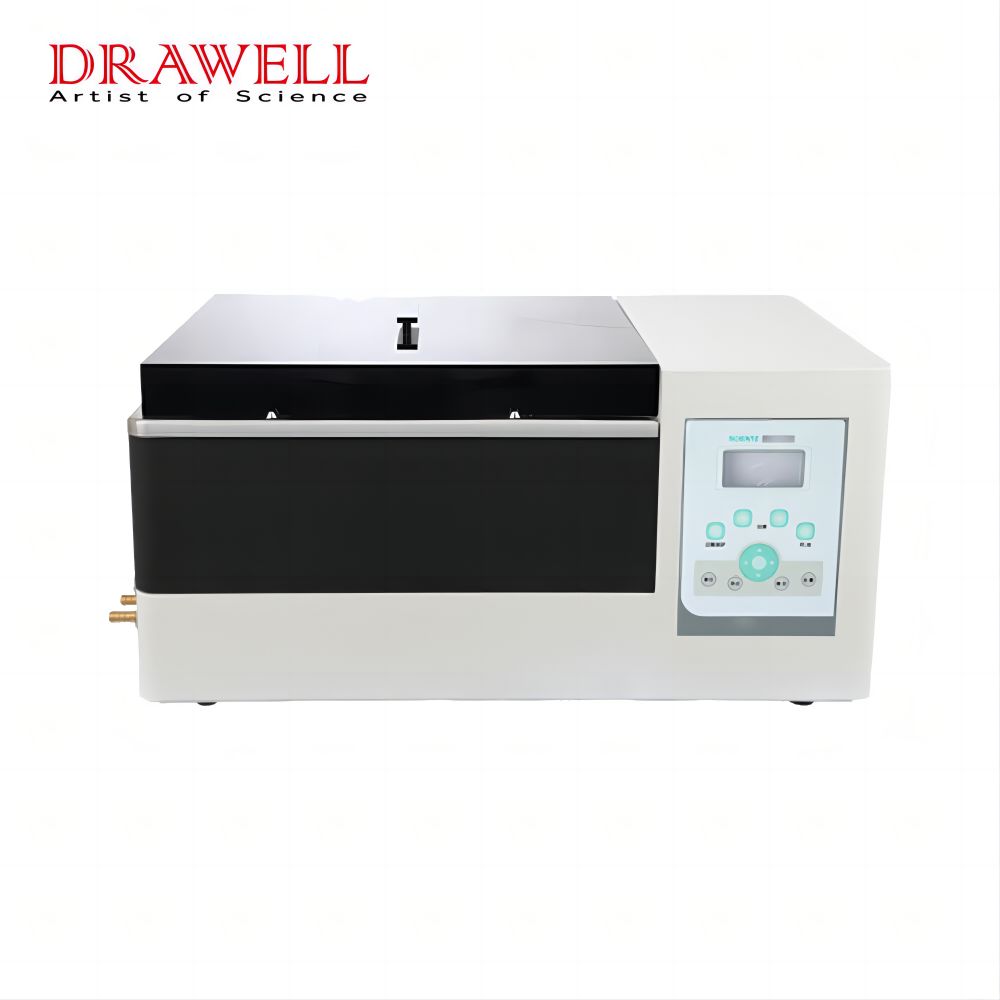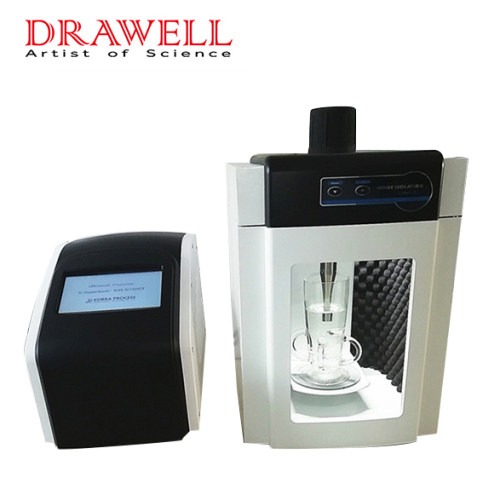Ultrasonic homogenizers are powerful tools widely used in laboratories and industries for tasks such as emulsification, cell disruption and nanoparticle dispersion. To maximize their benefits, it’s essential to understand how to use them effectively. This article will outline best practices, safety tips, and operational insights for using ultrasonic homogenizers.
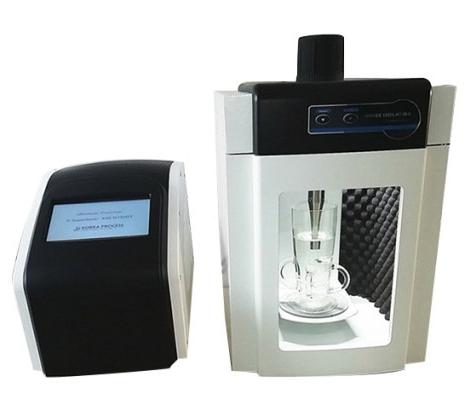
Understanding the Basics of Ultrasonic Homogenizers
An ultrasonic homogenizer uses a probe (sonotrode) that emits ultrasonic waves at high frequencies. When placed in a liquid, the probe generates rapid pressure changes, producing microscopic bubbles that collapse violently, a phenomenon known as cavitation. This process results in intense mixing, shearing forces, and energy release, which breaks down particles and cells efficiently.
Key Applications
- Cell Disruption and Lysis: Used extensively in biotechnology and microbiology for breaking down cell walls to extract proteins, enzymes, and other intracellular components.
- Emulsification: Effective in forming stable emulsions for food processing, pharmaceuticals, and cosmetics by mixing immiscible liquids like oil and water.
- Particle Size Reduction: Reduces the size of particles in suspensions to create uniform dispersions, crucial in producing nano-emulsions and nanoparticle suspensions.
- Sample Preparation for Analysis: Prepares samples by homogenizing them for further analysis, such as chromatography or spectroscopy in laboratory settings.
- Dissolution and Mixing: Accelerates the dissolution of solids into liquids and ensures thorough mixing of components in chemical and industrial processes.
- Production of Liposomes: Assists in forming liposomes for drug delivery systems in pharmaceutical applications, enabling encapsulation of active substances.
- Degassing of Liquids: Removes trapped gases from solutions, which is particularly useful in preparing samples for analysis where gas bubbles can interfere with results.
- Extraction of Bioactive Compounds: Used in food and herbal extraction processes to isolate compounds such as essential oils, antioxidants, and bioactive molecules.
- Polymer and Nanomaterial Processing: Enhances the uniform dispersion of nanomaterials in polymer matrices for the production of advanced composites and materials.

A Step-by-Step Guide to Using Ultrasonic Homogenizers Effectively
Step 1: Preparation
- Select the Right Probe: Choose the probe size that matches your sample volume. Smaller probes are ideal for small-scale samples, while larger ones work well for higher volumes.
- Clean the Probe: Wash the probe with a suitable solvent or deionized water to remove any residues from prior use. This step prevents contamination.
- Temperature Control: Ultrasonic homogenization can generate heat. If working with temperature-sensitive samples, have an ice bath ready or set up a cooling system.
Step 2: Setting Up the Equipment
- Secure the Sample Vessel: Place your sample in a suitable container and secure it in place to prevent movement during processing. Ensure the container is deep enough to submerge the probe but not so large that it affects cavitation efficiency.
- Attach the Probe: Connect the selected probe to the ultrasonic homogenizer and ensure it is fastened securely.
- Adjust Power Settings: Set the power output according to your sample needs. Delicate samples may require lower power levels, while tougher materials can handle higher intensities.
- Set the Pulse Mode: Use the pulse mode to reduce the risk of overheating, as it allows cooling intervals between bursts of ultrasonic energy.
Step 3: Operating the Ultrasonic Homogenizer
- Submerge the Probe: Insert the probe into the liquid sample, ensuring it does not touch the bottom or sides of the container to prevent damage and maximize cavitation.
- Start with Initial Short Bursts: Turn on the homogenizer and run it in short bursts (e.g., 30 seconds). This helps assess how the sample responds to the ultrasonic energy.
- Monitor the Process: Observe the sample’s consistency and temperature. Adjust the power and duration based on the changes you see.
- Maintain Optimal Immersion: Ensure the probe is always adequately submerged during the process to sustain cavitation.
Step 4: Ensuring Safety
- Wear Protective Gear: Use goggles, gloves, and a lab coat to protect yourself from potential splashes and ultrasonic exposure.
- Protect Your Hearing: Ultrasonic homogenizers can produce high-pitched noises. Use ear protection or soundproof enclosures to minimize exposure.
- Ensure Proper Ventilation: When processing volatile substances, make sure the workspace is well-ventilated to avoid inhaling hazardous vapors.
Step 5: Post-Processing
- Clean the Probe: After processing, rinse the probe thoroughly with water or an appropriate solvent to remove any residues.
- Check for Residual Heat: Allow the probe to cool before handling if it becomes hot during processing.
- Store Properly: Once clean and dry, store the probe in a designated space to prevent damage.
Step 6: Maintenance and Troubleshooting
- Inspect the Probe Regularly: Check for wear and cavitation erosion, which can impact performance.
- Keep the Device Calibrated: Follow the manufacturer’s recommendations for periodic calibration and servicing.
- Address Inefficiencies: If homogenization seems ineffective, reposition the probe, check for adequate immersion, and ensure the power settings are appropriate for the sample type.
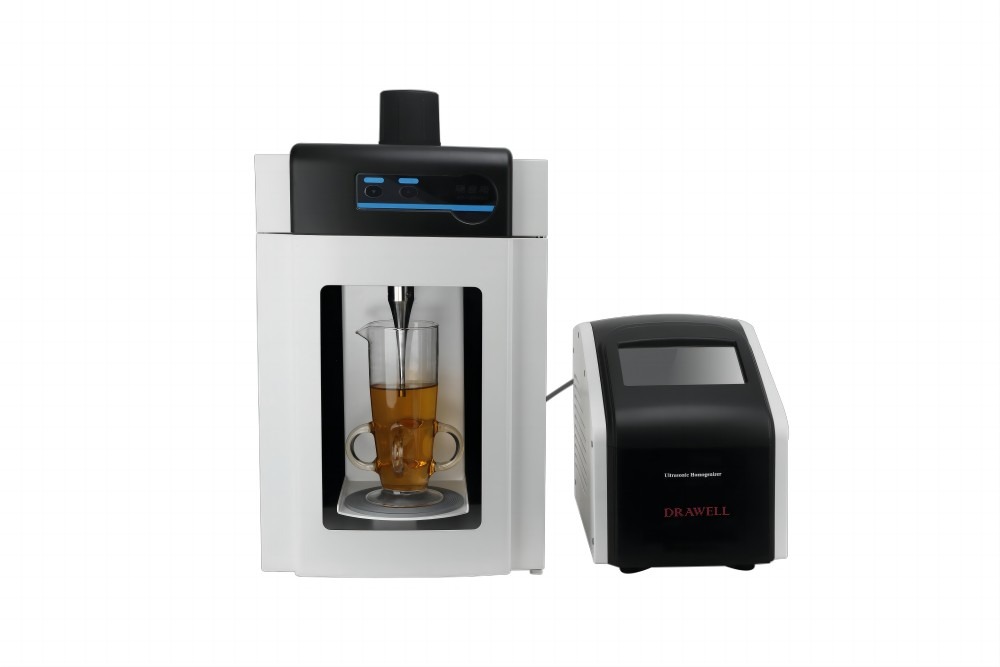
Precautions for Using Ultrasonic Homogenizers
This chart provides essential safety and operational precautions for using ultrasonic homogenizers effectively and safely.
| Precaution | Details |
| Ensure Proper Ventilation | Work in a well-ventilated area when handling volatile substances to avoid inhaling harmful vapors. |
| Use Ear Protection | Ultrasonic homogenizers can be loud; wear ear protection or use soundproof enclosures to protect hearing. |
| Avoid Contact with the Probe | Never touch the probe while in operation to prevent injuries or damage. |
| Temperature Monitoring | Regularly check the sample temperature and use an ice bath if needed to prevent overheating. |
| Check Probe Immersion Depth | The probe should not touch the container sides or bottom to avoid damage and ensure effective cavitation. |
| Inspect Equipment Regularly | Periodically examine the probe and connections for wear or damage to maintain performance. |
| Use Pulse Mode When Needed | Engage the pulse mode to minimize continuous heating, allowing cooling intervals. |
| Disconnect When Not in Use | Turn off and unplug the device when cleaning or making adjustments to prevent accidental activation. |
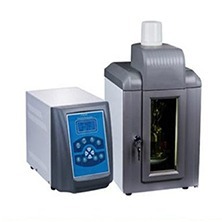
Overall, using an ultrasonic homogenizer effectively requires careful setup, proper parameter adjustment and diligent monitoring. Following these best practices helps optimize results, maintain equipment longevity and ensure safe operation.

